Ureteral stent placement and removal
A ureteral stent is a modern and effective device suitable for both temporary and long-term use. According to statistics, stenting relieves pain, prevents kidney damage, and improves quality of life in 80% of patients with ureteral obstruction. The procedure is performed minimally invasively, reducing trauma and shortening the recovery period.

specialists

equipment

treatment

Indications for ureteral stent placement
Surgery is prescribed for the following conditions:
- Ureteral obstruction (narrowing) due to urolithiasis, stricture, or external compression
- Renal colic caused by obstructed urine flow
- Cancer of the ureter, bladder, prostate, or adjacent organs
- Hydronephrosis
- Ureteral injury due to surgery or abdominal trauma
Stent placement is necessary for pregnant women with complicated urolithiasis when stone removal is not possible. Stenting is also prescribed before kidney and ureteral surgery to facilitate access and speed recovery and healing.

Contraindications for stenting
The procedure is not performed in the presence of the following contraindications:
- Acute infectious and inflammatory diseases of the urinary tract (cystitis, pyelonephritis, urethritis). Stent placement worsens the inflammation and leads to the spread of infection.
- Heavy bleeding from the urinary tract. Increases the risk of complications during instrument insertion.
- Significant anatomical changes in the ureter. Deformities, narrowing, and scarring make stent placement impossible.
- Allergy to materials. Sometimes patients have an intolerance to polyurethane, silicone, and other components.
- Tumors of the bladder or urethra in men. These tumors prevent the insertion of a cystoscope and the performance of surgery.
- Uncontrolled coagulopathy. Increased risk of bleeding during stenting.
Exacerbation of chronic lung, heart, or kidney diseases is also a limitation. In such cases, the body tolerates anesthesia and the procedure itself less well. Ureteral stent placement is postponed until the patient's condition stabilizes and the necessary treatment is completed.

Preparing for stenting surgery
The outcome of stenting depends on proper preparation. The main stages include:
- Initial consultation with a urologist. The doctor analyzes the patient's complaints and medical history, and clarifies the expected results.
- Laboratory tests. The patient undergoes a complete blood count and urine analysis, a biochemical blood test to assess kidney function, and an infection test (if necessary).
- Instrumental examinations. An ultrasound is performed to check the condition of the bladder and kidneys. X-rays are used to assess ureteral patency. A CT or MRI scan is prescribed to determine the cause of the obstruction.
- Consultation with an anesthesiologist. The doctor selects a method of anesthesia (general or local anesthesia) and identifies possible allergic reactions and contraindications.
It is recommended to avoid alcohol 2-3 days before the procedure, as it negatively affects blood clotting, liver, and kidney function, increasing the risk of complications. Anticoagulants are discontinued 5-7 days before the procedure to prevent bleeding during and after the procedure. If necessary, the doctor may prescribe other medications, such as low-molecular-weight heparins.
You should refrain from eating for 6-8 hours before the procedure. Drinking a small amount of water is allowed 2 hours before.
How is ureteral stenting performed?
The surgery typically takes 15-30 minutes. The total hospital stay varies from 1 to 3 hours, depending on the anesthesia and the patient's individual circumstances.

Stenting consists of several stages:
-
Preparation
The doctor selects the optimal size and type of stent.
-
Anesthesia
To prevent the patient from feeling pain, anesthesia is used.
-
Stent placement
A cystoscope is inserted through the urethra for visual inspection, then the stent is advanced down the ureter into the renal pelvis.
-
Stent position monitoring
X-ray or fluoroscopy eliminates displacement and ensures normal urine flow.
-
Completion
The cystoscope is carefully removed. The doctor provides recommendations on fluid intake, physical activity, and follow-up care.

Surgical outcome and possible complications
Ureteral stenting allows you to:
- Restore urine flow
- Reduce pain
- Prevent urinary stasis and kidney tissue damage
- Reduce the risk of urinary tract infections
- Safely perform stone crushing or ureteral surgery
Complications may occur after stent placement. The most common include:
- Lower abdominal and lower back pain. Occurs in 30-50% of patients in the first days after surgery. It is caused by the mechanical impact of the stent.
- Frequent urination and burning sensation. Up to 40% of patients report these symptoms in the first days. They are associated with irritation of the bladder and urethral mucosa by the ends of the stent.
- Blood in the urine. Occurs in 20-30% of cases. It occurs due to microtrauma to the mucosa during placement or friction of the stent against the ureteral walls.
- Urinary tract infection. Occurs in 5-10% of patients. It develops due to urinary stasis, bacterial contamination during placement, or prolonged use of the stent.
- Stent migration. Occurs in 1.5-3% of cases. Displacement may be caused by vigorous patient movement or an incorrectly selected stent length.
- Stent stone formation. This occurs when the stent is worn for more than 3-6 months. It can be caused by metabolic disorders or urinary tract infections.
Rarer complications include ureteral perforation during placement, an allergic reaction to the stent material, or severe bleeding requiring emergency hospitalization.
FAQ
Why is a ureteral stent placed?
A stent is used for ureteral stenosis, stones, tumors, and post-surgery. It ensures unimpeded flow of urine from the kidney to the bladder, preventing kidney failure and infection.
Is stent placement painful?
Stenting is performed under local or general anesthesia, so the patient feels no pain. The choice of method depends on the clinical situation and is determined individually by the treating physician. Mild discomfort and increased urination are possible after surgery.
How long can I wear a stent?
In most cases, the stent is worn for 4 to 6 weeks. Long-term use requires periodic replacement due to the risk of stones, infections, and other complications.
How to care for yourself with a stent?
It's important to drink enough fluids, avoid excessive physical activity, and monitor your symptoms. If you experience severe pain or a fever, consult a doctor.
How is a stent removed?
Removal is performed through the urethra using a cystoscope under local anesthesia. The procedure requires no punctures or incisions and takes 20-30 minutes.
Do I need to stay in the clinic after the extraction?
No, the patient goes home the same day. Observation at the clinic is for 2-3 hours.
What sensations do you experience after stent removal?
Short-term symptoms often occur: burning during urination, slight blood in the urine, and discomfort in the lower abdomen or pelvis. These resolve on their own within 2-3 days.

This award is given to clinics with the highest ratings according to user ratings, a large number of requests from this site, and in the absence of critical violations.

This award is given to clinics with the highest ratings according to user ratings. It means that the place is known, loved, and definitely worth visiting.

The ProDoctors portal collected 500 thousand reviews, compiled a rating of doctors based on them and awarded the best. We are proud that our doctors are among those awarded.
Make an appointment at a convenient time on the nearest date
Price
Other services






















































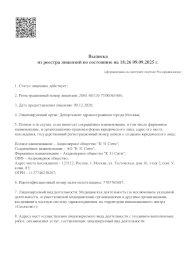
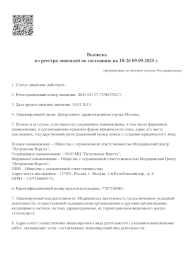

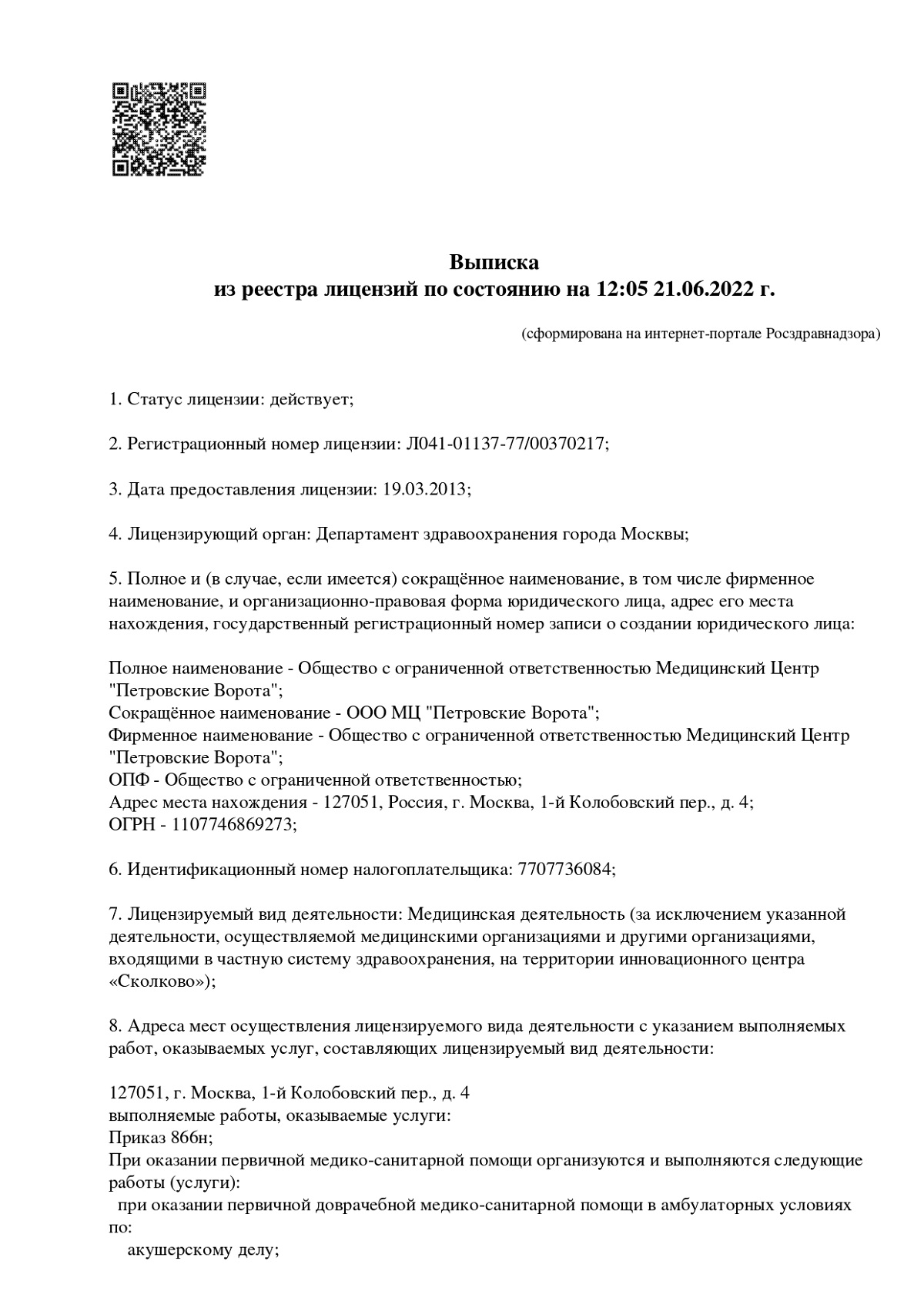
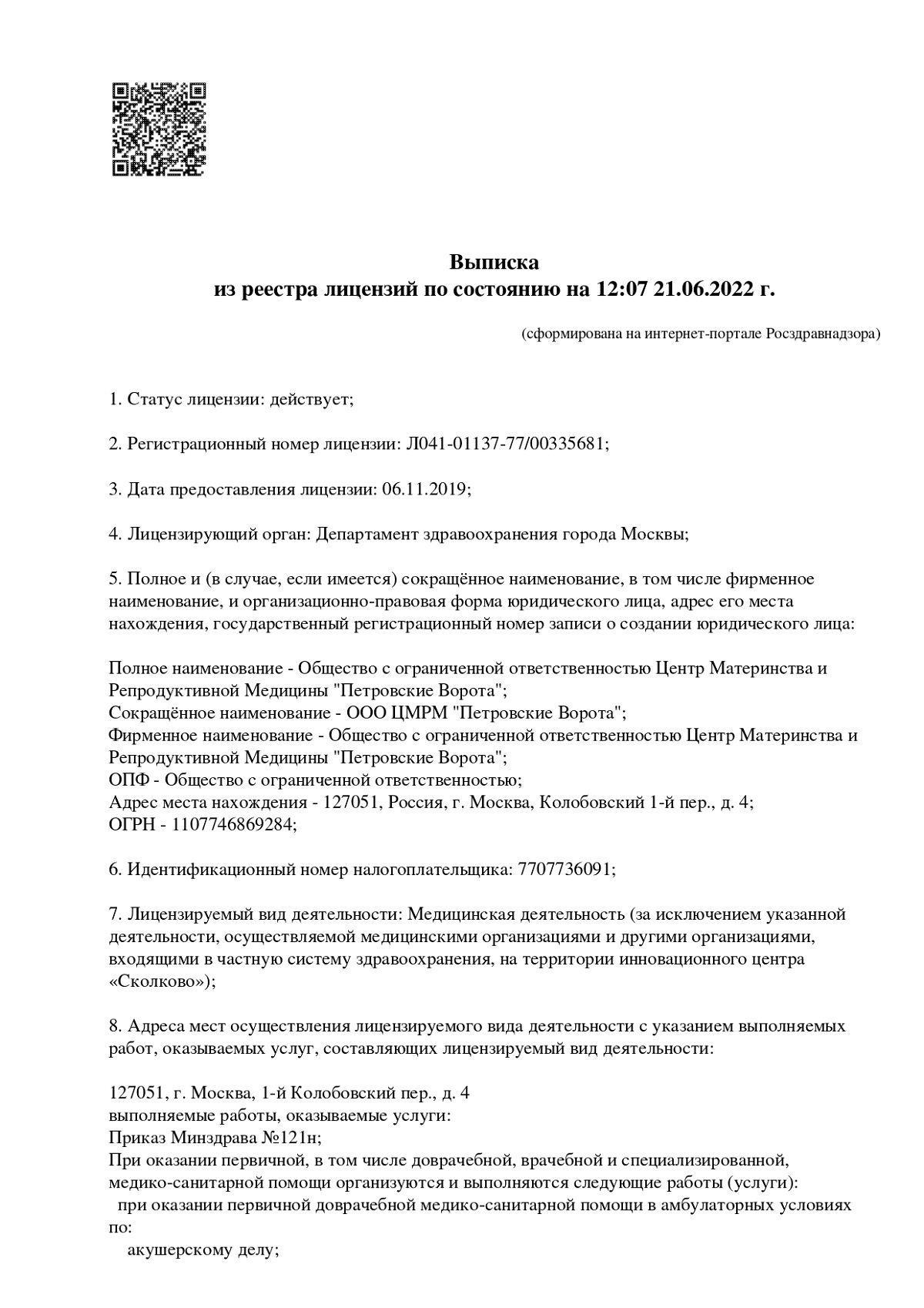
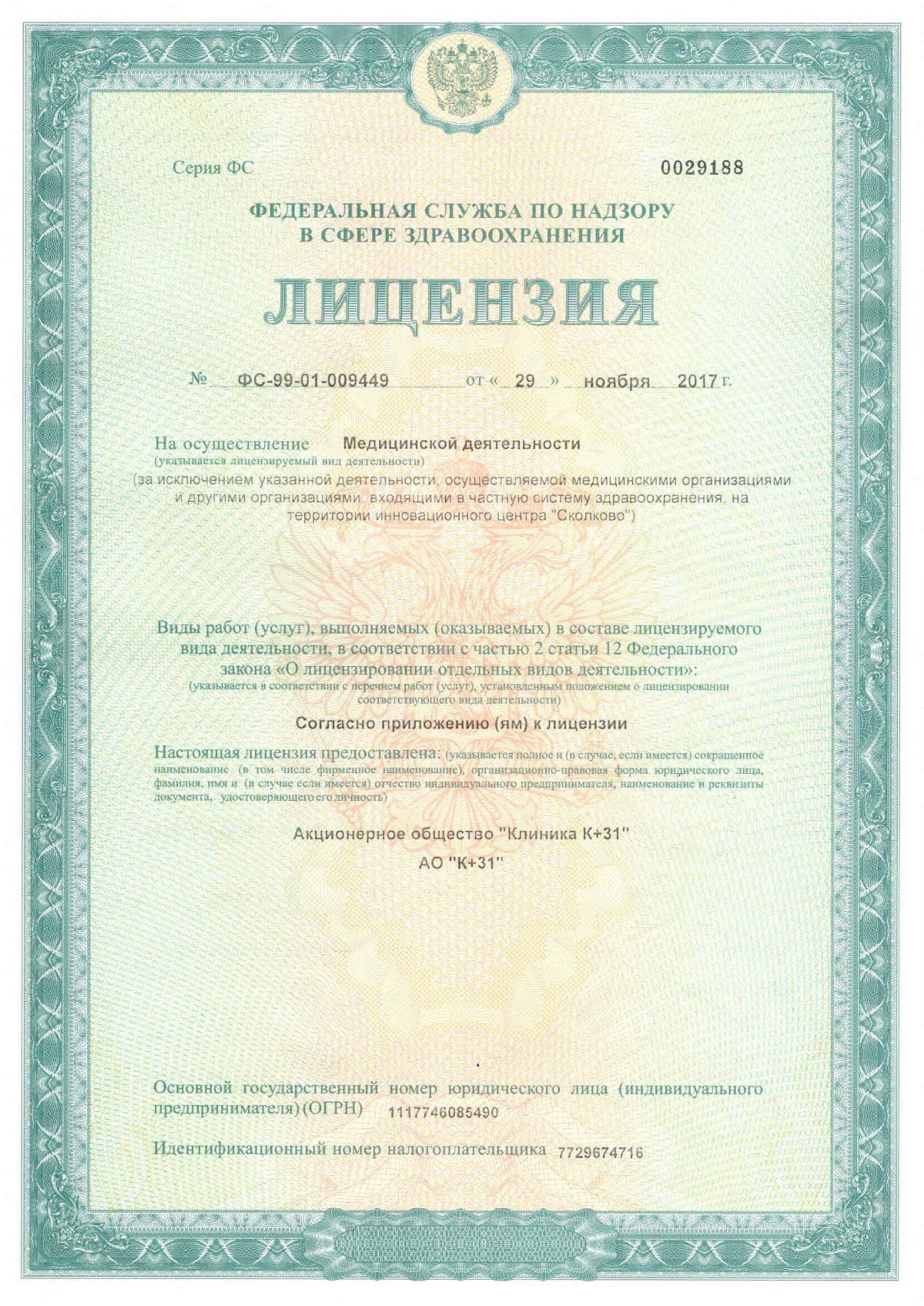
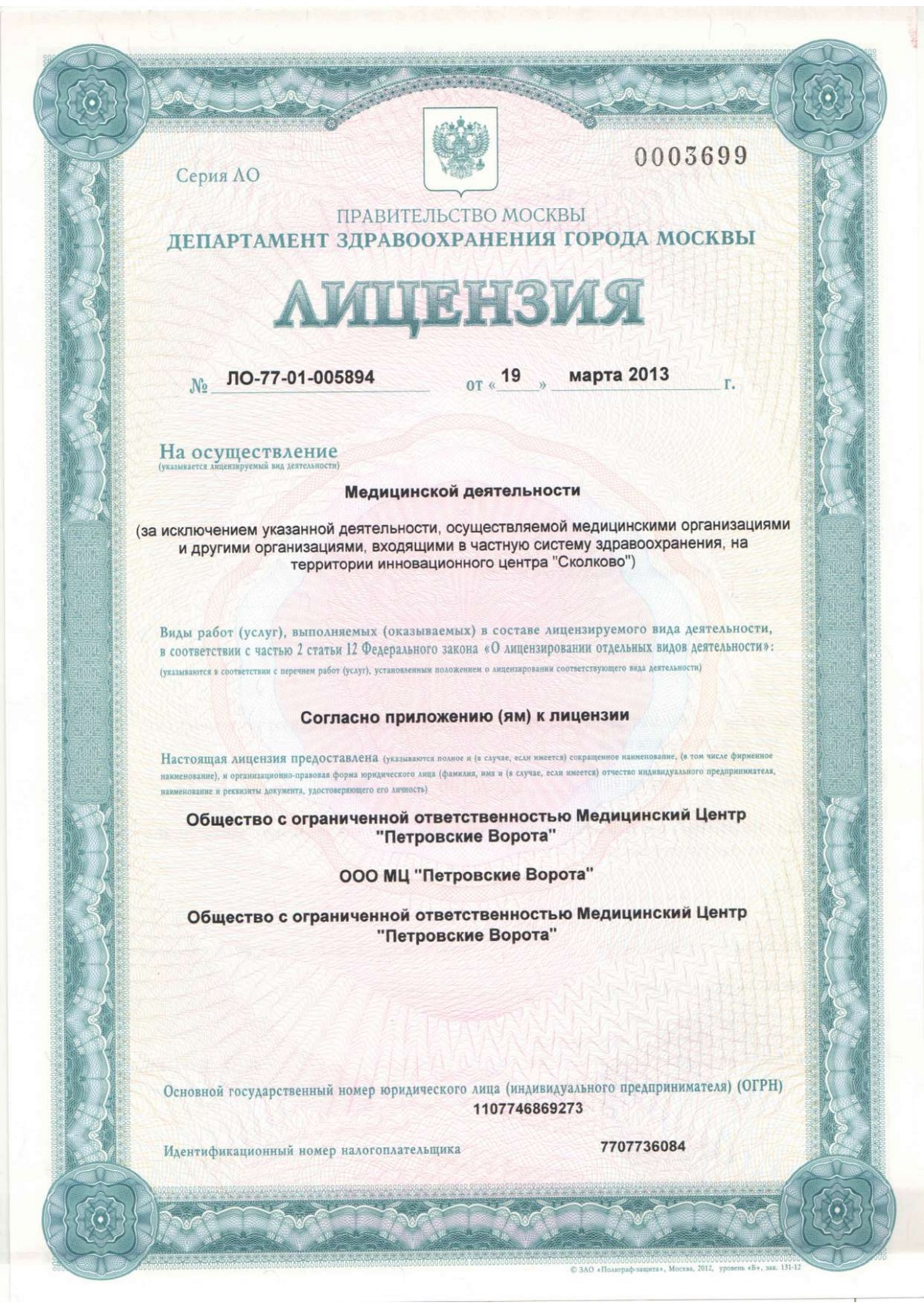

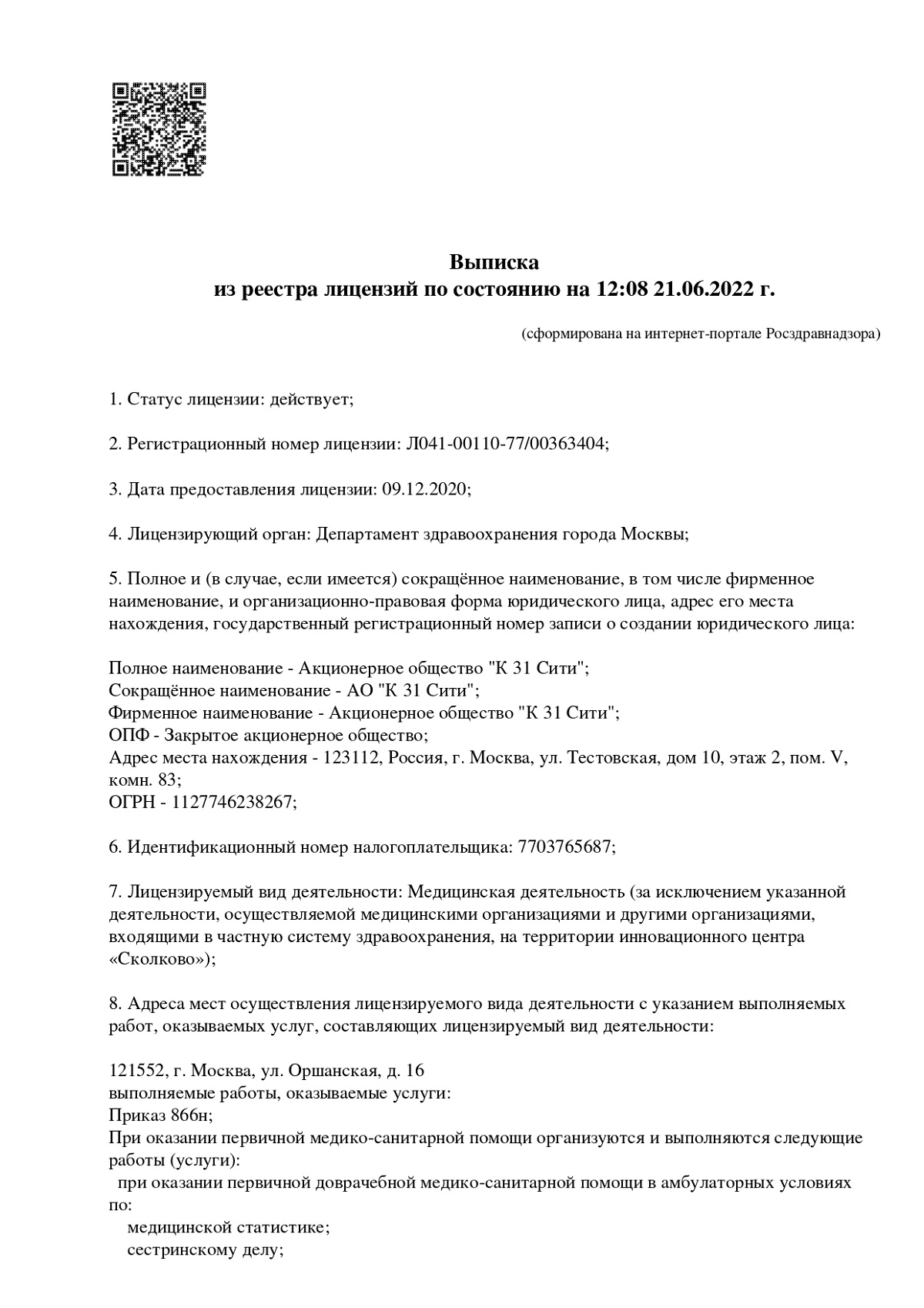
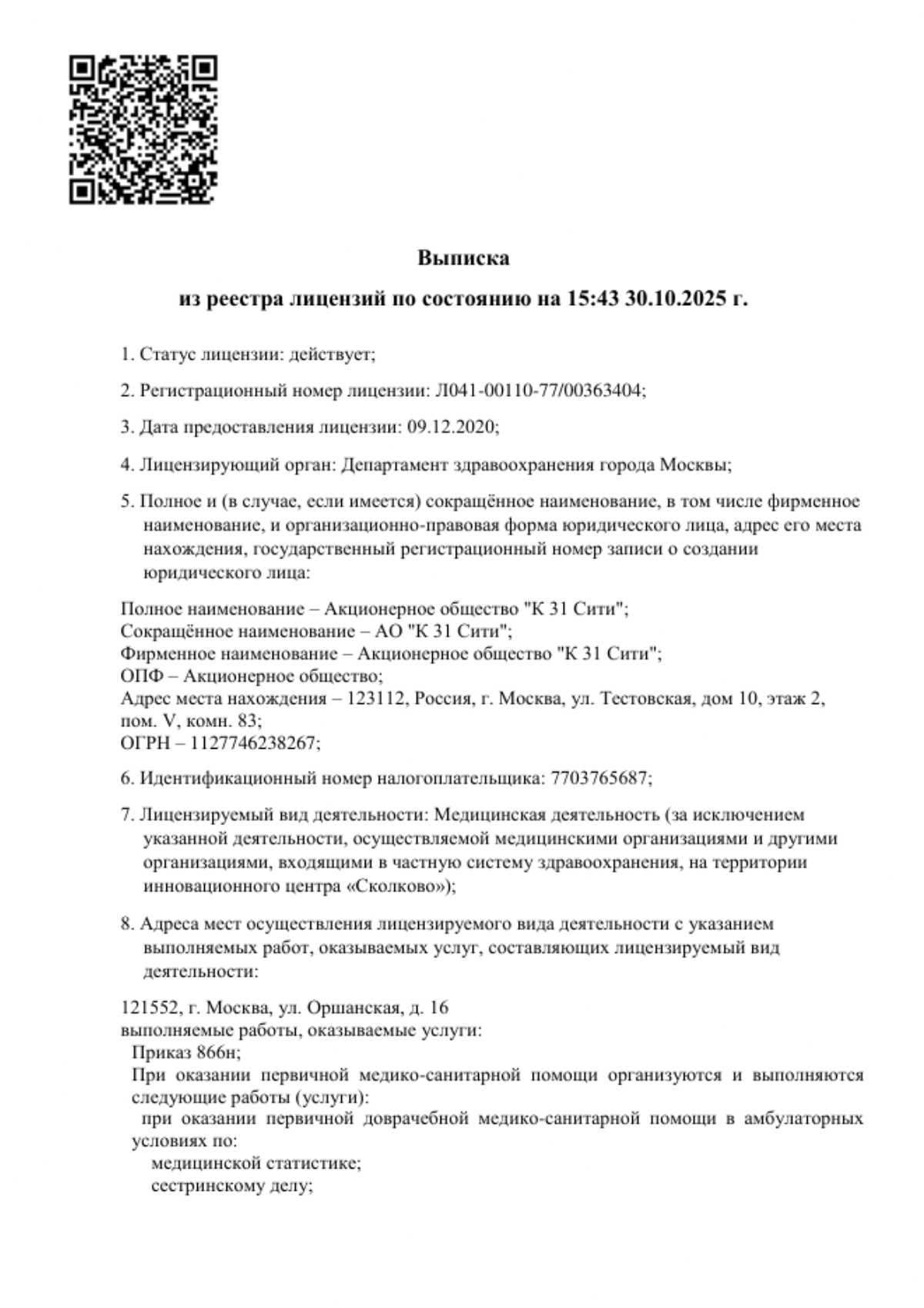
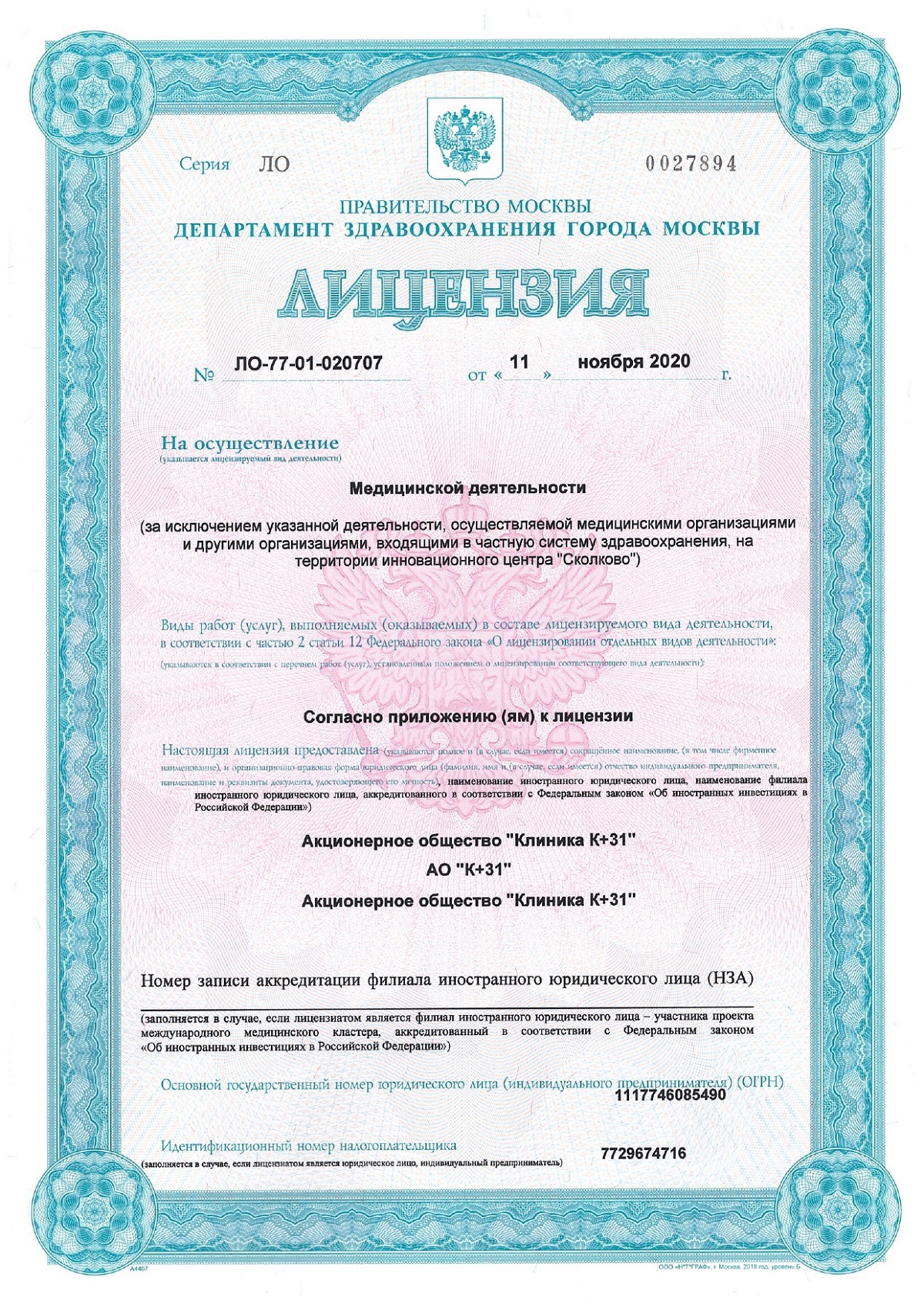

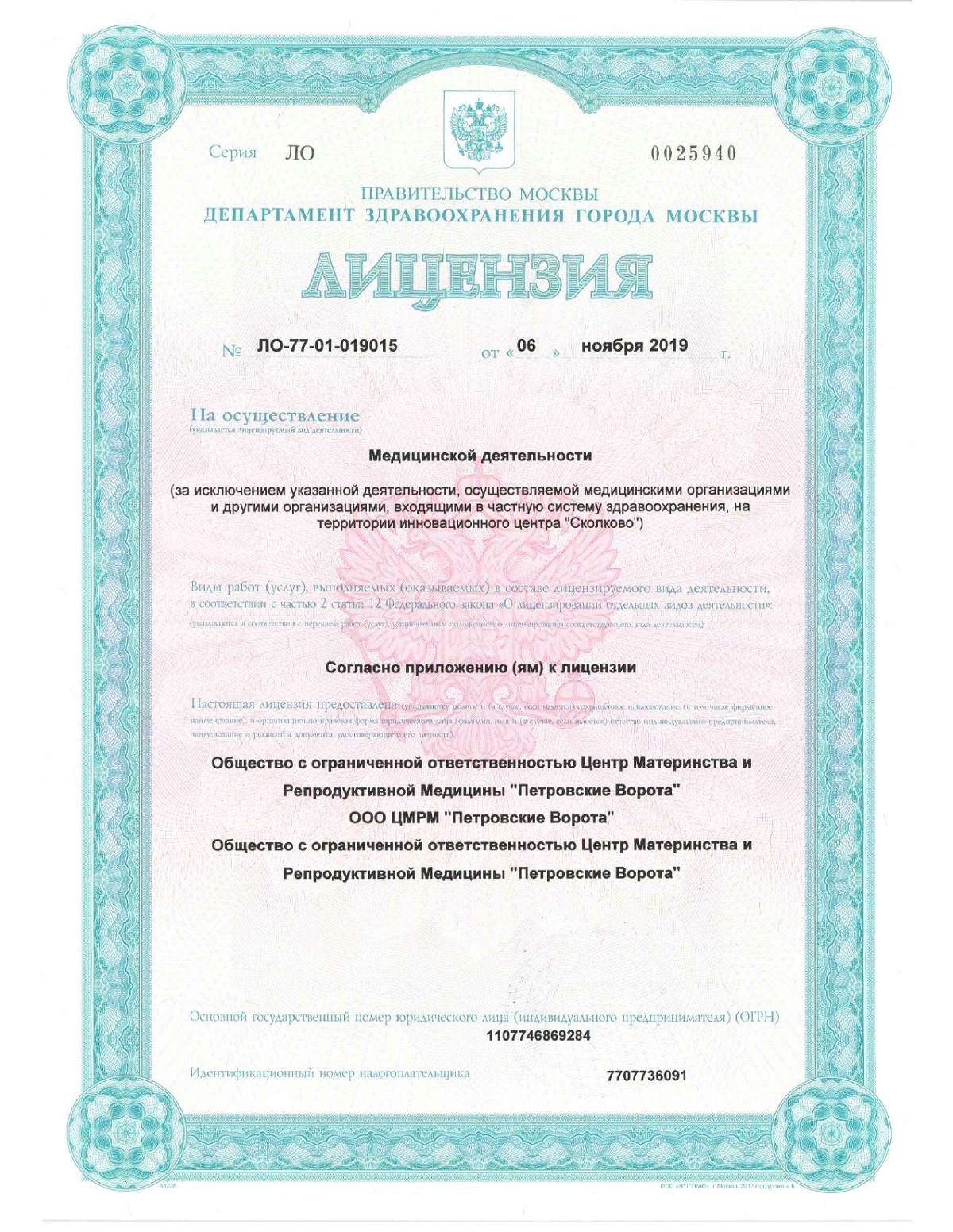




What is a stent?
A ureteral stent is a flexible tube designed to restore and maintain urine flow from the kidney to the bladder. It consists of the following parts:
Stents are made of polyurethane, silicone, and polymeric materials with a hydrophilic coating. Polyurethane products are excellent at withstanding pressure in the ureter during short-term obstructions. Silicone is considered a softer material, less likely to cause irritation, and is better tolerated by patients. Polymers reduce friction during placement and make them easier to wear.